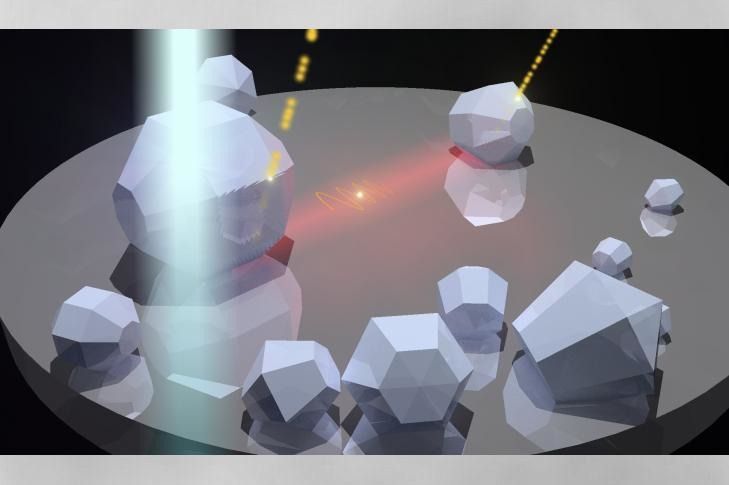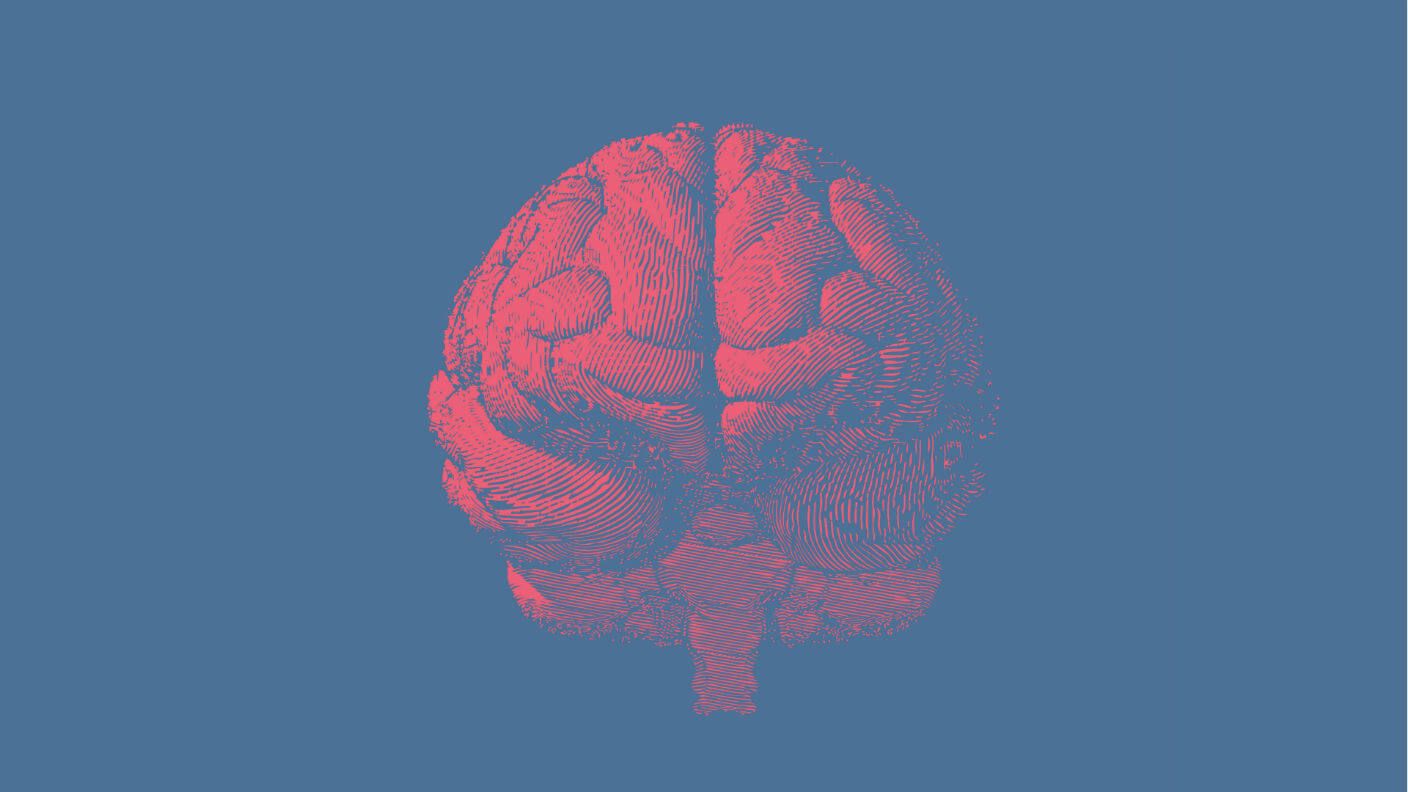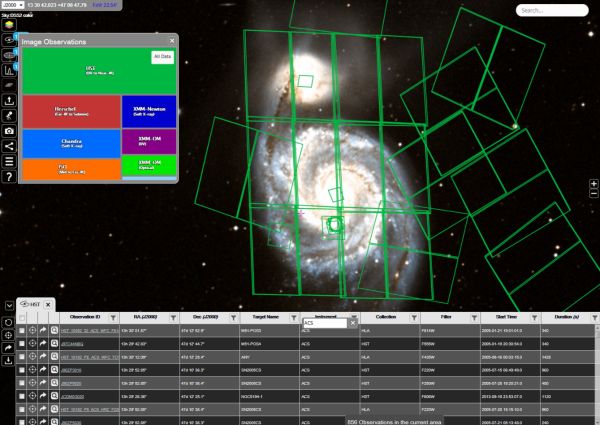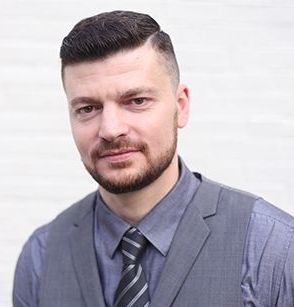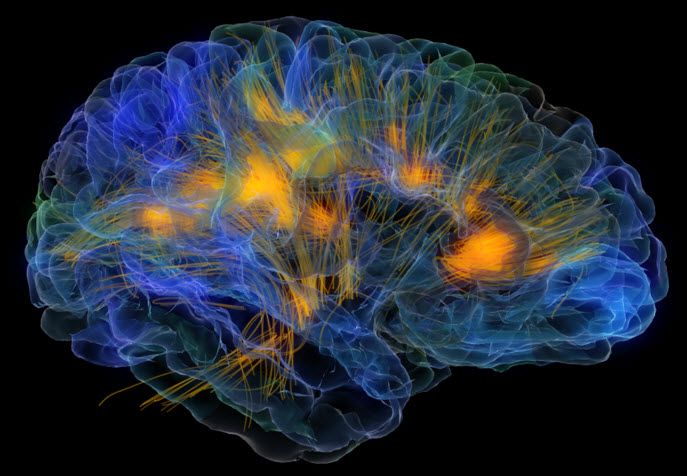Scientists at the Department of Energy’s Oak Ridge National Laboratory are conducting fundamental physics research that will lead to more control over mercurial quantum systems and materials. Their studies will enable advancements in quantum computing, sensing, simulation, and materials development.
The researchers’ experimental results were recently published in Physical Review B Rapid Communication and Optics Letters.
Quantum information is considered fragile because it can be lost when the system in which it is encoded interacts with its environment, a process called dissipation. Scientists with ORNL’s Computing and Computational Sciences and Physical Sciences directorates and Vanderbilt University have collaborated to develop methods that will help them control—or drive—the “leaky,” dissipative behavior inherent in quantum systems.
